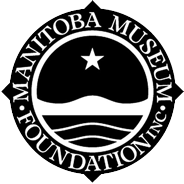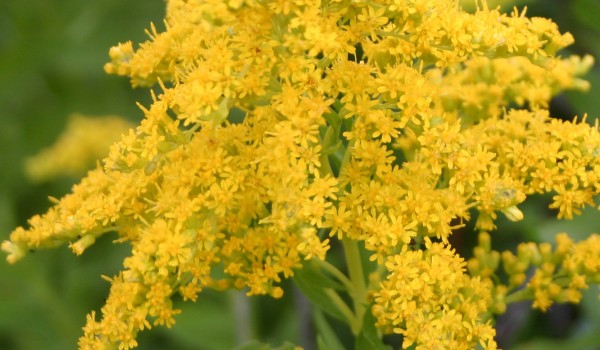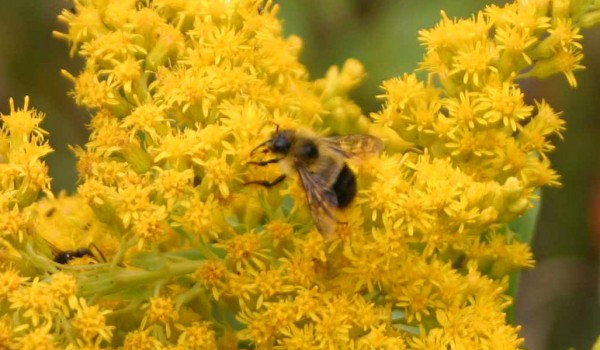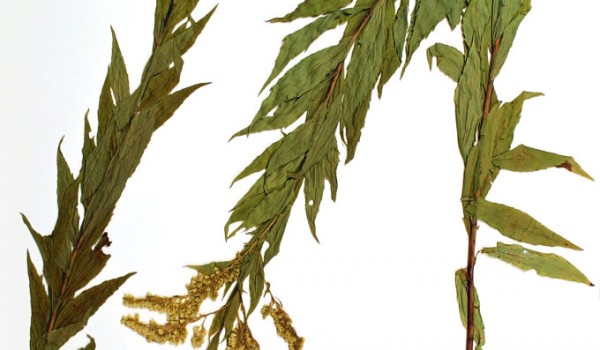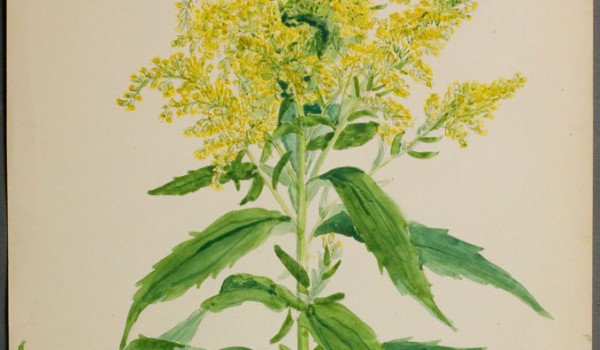Aster (Asteraceae)
Canada Goldenrod
Solidago canadensis L.The flowers of Canada Goldenrod are important nectar and pollen sources for insects, including bees, flies, wasps, and butterflies. Canada Goldenrod is incapable of pollinating itself, a task usually carried out by visiting insects. The plants and their seeds provide food for finches and other birds, and foraging animals (e.g. sheep, cattle, deer, horses). They have also been used by Indigenous people for medicinal and other purposes.
Flower Colour:
- Yellow
Flowering Season:
- Summer
- Fall
Flowering Months:
- August
- July
- October
- September
Canadian Rarity Status:
Not rare.
Physical Appearance:
The solitary, hairy stems of this perennial grow 30 to 214 cm tall. Its lance-shaped leaves have finely-toothed margins and hairy undersides. Small flower heads occur along the upper side of each branch, and are arranged into loose, elongated clusters that bloom from the bottom up. Each head consists of several yellow ray and disc florets. The single-seeded fruits have a bristly top to aid in wind-dispersal.
Similar Species:
Giant Goldenrod (Solidago gigantea Ait.), Low Goldenrod (Solidago missouriensis Nutt.), Riddell's Goldenrod, Showy Goldenrod, Velvety Goldenrod (Solidago mollis Bartl.)
Gardening Notes:
Seeds and/or plants are typically available from greenhouses and seed supply companies specializing in native plants. Canada Goldenrod can be started by seeds, seedlings, or rhizomes. Plants can become weedy, so care should be taken to control spreading.
Canadian Distribution:
- Alberta
- British Columbia
- Manitoba
- New Brunswick
- Newfoundland/Labrador
- Northwest Territories
- Nova Scotia
- Nunavut
- Ontario
- Prince Edward Island
- Quebec
- Saskatchewan
- Yukon
Prairie Types:
- Fescue Prairie
- Mixed Grass Prairie
- Tall Grass Prairie
Habitats:
- Forests
- Prairies
- Railways
- Roadsides
- Slopes
Moisture Conditions:
- Dry
- Moderate
- Moist
Light Preference:
- Full Sun
- Part Shade
Soil Preference:
- Clay
- Loam
- Sand
Associated Pollinators:
-
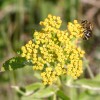 Andrenid Bees, Miner/Digger Bees (Andrenidae)
Andrenid Bees, Miner/Digger Bees (Andrenidae)
-
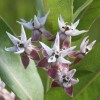 Ants (Formicidae)
Ants (Formicidae)
-
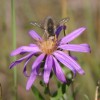 Bee Flies (Bombyliidae)
Bee Flies (Bombyliidae)
-
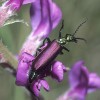 Blister Beetles (Meloidae)
Blister Beetles (Meloidae)
-
 Blow Flies (Calliphoridae)
Blow Flies (Calliphoridae)
-
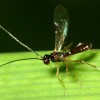 Braconid Wasps (Braconidae)
Braconid Wasps (Braconidae)
-
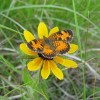 Brush-footed Butterflies (Nymphalidae)
Brush-footed Butterflies (Nymphalidae)
-
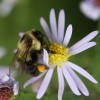 Bumble, Honey, and other Bees (Apidae (Subfamily Apinae))
Bumble, Honey, and other Bees (Apidae (Subfamily Apinae))
-
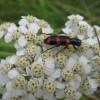 Checkered Beetles (Cleridae)
Checkered Beetles (Cleridae)
-
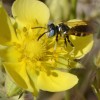 Crabronid Wasps (Crabronidae)
Crabronid Wasps (Crabronidae)
-
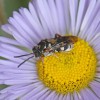 Cuckoo Bees (Apidae (Subfamily Nomadinae))
Cuckoo Bees (Apidae (Subfamily Nomadinae))
-
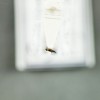 Dark-winged Fungus Gnats (Sciaridae)
Dark-winged Fungus Gnats (Sciaridae)
-
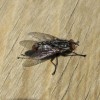 Flesh Flies (Sarcophagidae)
Flesh Flies (Sarcophagidae)
-
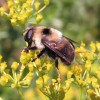 Flower Flies (Syrphidae)
Flower Flies (Syrphidae)
-
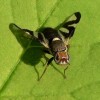 Fruit Flies (Tephritidae)
Fruit Flies (Tephritidae)
-
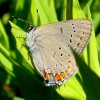 Gossamer-winged Butterflies (Lycaenidae)
Gossamer-winged Butterflies (Lycaenidae)
-
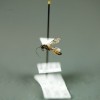 Ichneumonid Wasps (Ichneumonidae)
Ichneumonid Wasps (Ichneumonidae)
-
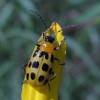 Leaf Beetles (Chrysomelidae)
Leaf Beetles (Chrysomelidae)
-
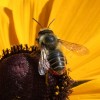 Leafcutter and Mason Bees (Megachilidae)
Leafcutter and Mason Bees (Megachilidae)
-
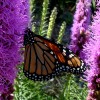 Milkweed Butterflies (Nymphalidae (Subfamily Danaiinae))
Milkweed Butterflies (Nymphalidae (Subfamily Danaiinae))
-
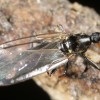 Minute Black Scavenger Flies (Scatopsidae)
Minute Black Scavenger Flies (Scatopsidae)
-
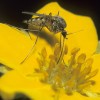 Mosquitoes (Culicidae)
Mosquitoes (Culicidae)
-
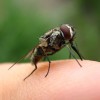 Muscid Flies (Muscidae)
Muscid Flies (Muscidae)
-
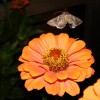 Owlet Moths (Noctuidae)
Owlet Moths (Noctuidae)
-
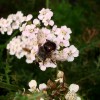 Parasitic Flies (Tachinidae)
Parasitic Flies (Tachinidae)
-
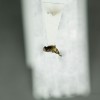 Picture-winged Flies (Otitidae)
Picture-winged Flies (Otitidae)
-
 Root Maggot Flies (Anthomyiidae)
Root Maggot Flies (Anthomyiidae)
-
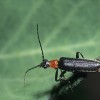 Soldier Beetles (Cantharidae)
Soldier Beetles (Cantharidae)
-
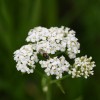 Soldier Flies (Stratiomyidae)
Soldier Flies (Stratiomyidae)
-
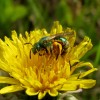 Sweat Bees, Halictid Bees and other Bees (Halictidae)
Sweat Bees, Halictid Bees and other Bees (Halictidae)
-
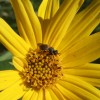 Thick-headed Flies (Conopidae)
Thick-headed Flies (Conopidae)
-
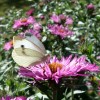 Whites, Sulfurs, Orangtips, Marbles (Pieridae)
Whites, Sulfurs, Orangtips, Marbles (Pieridae)
-
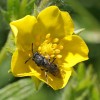 Yellow-faced Bees (Colletidae)
Yellow-faced Bees (Colletidae)
-
 Yellowjacket, Potter, and other Wasps (Vespidae)
Yellowjacket, Potter, and other Wasps (Vespidae)



